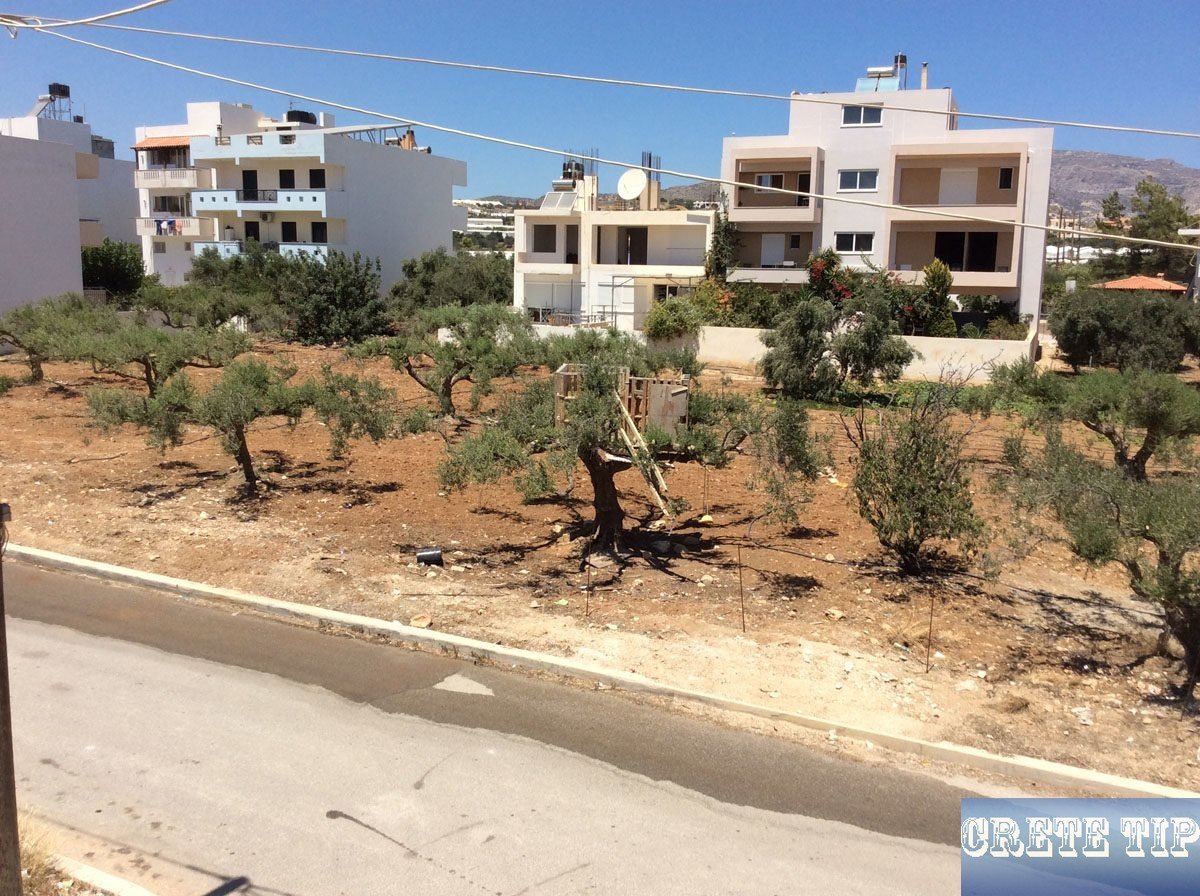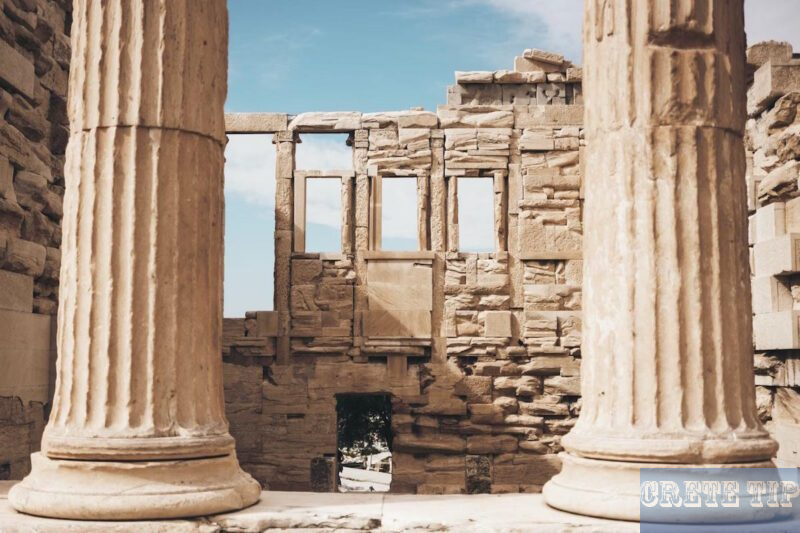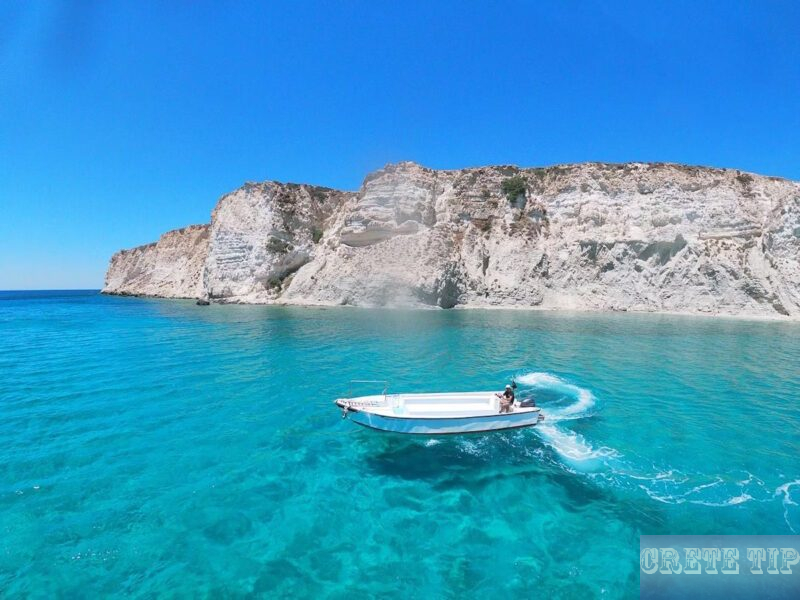Crete could even exceed last year’s tourism figures in 2025.

Crete already recorded a remarkable increase in tourist arrivals last year
Crete has recently experienced a remarkable increase in tourist arrivals, setting new records as the travel season progresses. Each year, the region sees improvements in its tourism infrastructure, resulting in more holidays booked and enhanced revenue generation for local businesses. The boost in arrivals not only supports hoteliers and retailers but also contributes to the broader economy.
In early 2025, Crete is on track to surpass last year’s numbers. The influx of visitors is predicted to exceed the previous count, with a notable increase of 7.1% in bookings. This growth is reflective of a broader trend in the Mediterranean region, as destinations like Kos and Corfu are also reporting similar upswings. Such developments are essential for the sustainability of local economies.
Key stakeholders, including local authorities and tourism officials, are continuously working to improve service quality and infrastructure. Figures, such as the Regional Governor of Crete, Stavros Arnaoutakis, are actively involved in discussions aimed at enhancing the region’s appeal for tourists. Their efforts span improvements in health services, public safety, and transport facilities, which all play a part in attracting more visitors.
Tourism underpins a significant portion of Crete’s economy. The region has established itself as a preferred destination for British holidaymakers. This helps bolster local businesses during peak seasons. The importance of early booking is emphasised, as it aids in predicting visitor numbers, which in turn informs resource allocation and service provision.
Safety remains a priority for Crete. With increases in tourist numbers, local authorities are committed to maintaining a secure environment for all visitors. This includes regular inspections and monitoring across tourist areas. These measures reassure guests and encourage further travel to the island.
Furthermore, Crete’s tourism strategy aims to extend the tourist season beyond the traditional summer months. This is achieved through various initiatives, including themed events and cultural festivals. Such efforts not only generate more traffic during off-peak times but also provide visitors with diverse experiences.
Increasing Bookings and Revenue
As the number of tourists continues to grow, so do the forecasts for revenue. Increased bookings lead to a greater influx of cash into local economies. This phenomenon has created a positive ripple effect, encouraging more investments in tourism-related developments. Local businesses are now more inclined to enhance their services and offerings to cater to the rising demand.
In addition to traditional holiday spots, Crete’s diverse landscape allows for a range of activities. This versatility draws families, couples, and adventure seekers alike. Many tourists are drawn to the island’s rich history, beautiful beaches, and unique local culture. Efforts to promote these aspects are part of the broader marketing strategy aimed at encouraging visitors to experience Crete’s offerings fully.
Importantly, local governance plays a crucial role in supporting these developments. Authorities are recognising the need to balance tourism growth with local needs, ensuring that Crete remains a desirable destination without compromising the quality of life for residents. Recent discussions have highlighted the need for sustainable practices within the tourism sector.
Challenges and Solutions
Despite the positive outlook, challenges persist. Issues such as rising municipal fees in places like Rethymno have sparked concerns among local residents. The burden of increased costs may disproportionately affect families compared to the tourism sector. Local councils are urged to consider the socioeconomic impact of such decisions. Protests by community groups indicate a growing demand for fair practices that include all stakeholders in the tourism industry.
Furthermore, the region is also grappling with fluctuations in global economic conditions. Factors, such as inflation and political tensions, can influence travel decisions. Nevertheless, Crete’s attractiveness as a travel destination means it often remains resilient. Adaptability and ongoing dialogue between the government and tourism boards will be essential in addressing these challenges effectively.
Health and Safety Preparedness
As part of the ongoing commitment to health and safety, both local authorities and the tourism sector are enacting measures to prepare for potential health crises. This includes enhanced medical services and improved emergency response plans. Such strategies are crucial in ensuring that Crete can provide a safe environment for visitors and residents alike.
Transport Infrastructure
Transport links play a significant role in the tourism experience. Crete has been working on enhancing its public transport system, making it easier for visitors to explore the island. The integration of various modes of transport, including buses, taxis, and bike rentals, allows for a seamless travel experience.
Additionally, improvements in road infrastructure, including the major Northern Road (BOAK), are set to better connect key tourist locations. Investments in this area not only benefit tourists but also enhance daily life for locals.
Future Prospects
Looking ahead, the emphasis will continue to be on sustainable growth within the tourism sector. Authorities are evaluating the long-term impacts of tourism on local communities and ecosystems. By fostering responsible tourism practices, Crete aims to preserve its natural beauty and cultural heritage for future generations to enjoy.
Incentives for sustainable practices are to be introduced, which will encourage tourism businesses to adopt environmentally friendly operations. As visitors become increasingly eco-conscious, such initiatives may play a critical role in attracting a new demographic of travellers.




